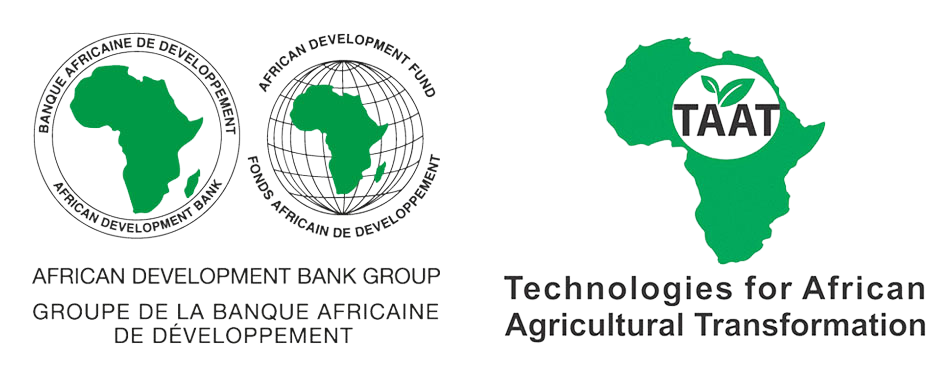

Structure, Trace, Scale & Connect with Solutions
eProd is an interoperable supply chain management system for the agricultural sector. Development organizations can integrate it into the agricultural projects they finance. It helps structure farmer data, monitor production, ensure traceability, and improve access to markets and finance. The system is offline-capable, user-friendly, adaptable to local needs, and can interoperate with other digital solutions like advisory apps, financial platforms, and field hardware.
By integrating eProd, development projects gain reliable tools to track results, support farmers with timely information, and connect value chain actors. It also enhances transparency, facilitates impact reporting, and ensures better resource targeting.
Using eProd helps development partners scale effective solutions and drive inclusive, data-informed agricultural transformation.
This technology is pre-validated.
Adults 18 and over: Positive high
eProd integrates adult farmers into structured markets and improves their access to finance, services, and advisory information.
The poor: Positive high
Digital registration and service delivery allow poor farmers to access freely information, inputs, and credit, supporting their integration into value chains.
Women: Positive high
eProd supports the inclusion of women by enabling access to tailored services, finance, and market opportunities, helping overcome common gender barriers in agriculture.
Climate adaptability: Moderately adaptable
eProd supports climate-smart agriculture by enabling early yield forecasting, crop failure alerts, and climate risk monitoring through field data collection.
Farmer climate change readiness: Moderate improvement
The platform helps farmers adapt to climate change by integrating with crop insurance, facilitating access to finance, and delivering targeted weather and production advice via SMS.
Development organizations aiming to achieve Sustainable Development Goals (SDGs) such as no poverty (SDG 1), zero hunger (SDG 2), gender equality (SDG 5), and climate action (SDG 13) are turning to digital tools like eProd. eProd empowers projects to register and support smallholder farmers, monitor field activities, track inputs, ensure traceability, and improve access to markets and finance. The platform’s offline capability, multilingual support, and modular structure make it ideal for inclusive rural development and project scaling. With eProd, development partners can deliver measurable results, strengthen reporting, and build resilient value chains.
Initial Engagement
Contact eProd Solutions to discuss project goals and alignment with SDG targets.
Schedule a needs assessment to determine the best configuration for your intervention.
Choose a subscription package based on beneficiary numbers:
Basic: 1,254 USD/year for up to 1,000 farmers
Standard: 3,135 USD/year for up to 5,000 farmers
Standard Plus: 5,016 USD/year for up to 10,000 farmers
Additional farmers: 0.23 USD per farmer annually
Formalize access with a License and Service Agreement.
Infrastructure Setup
Equip field teams and local partners with Android smartphones or tablets.
Ensure basic internet for data sync—offline data collection is fully supported.
Data Preparation
Gather and organize farmer lists, group profiles, and mapped fields for onboarding.
Identify any additional modules needed for monitoring, finance, or compliance.
Training and Capacity Building
Arrange user training workshops for all team members and implementing partners.
eProd offers simple manuals, video guides, and ongoing support.
Pilot Implementation
Test the system in a target community or region, focusing on registration, monitoring, and reporting features.
Collect feedback and refine processes before scaling up.
Full Deployment
Expand to all project areas and beneficiaries.
Use eProd’s dashboards to monitor outputs, track SDG indicators, and manage interventions in real time.
Ongoing Support and Evaluation
Access regular technical support and software updates.
Use analytics and reports for donor compliance, project learning, and adaptive management.
eProd enables development organizations to deliver high-impact, data-driven projects that strengthen value chains, enhance transparency, and empower smallholders—accelerating progress toward the SDGs.
Annual subscription depending on project size
No formal IP rights
Scaling Readiness describes how complete a technology’s development is and its ability to be scaled. It produces a score that measures a technology’s readiness along two axes: the level of maturity of the idea itself, and the level to which the technology has been used so far.
Each axis goes from 0 to 9 where 9 is the “ready-to-scale” status. For each technology profile in the e-catalogs we have documented the scaling readiness status from evidence given by the technology providers. The e-catalogs only showcase technologies for which the scaling readiness score is at least 8 for maturity of the idea and 7 for the level of use.
The graph below represents visually the scaling readiness status for this technology, you can see the label of each level by hovering your mouse cursor on the number.
Read more about scaling readiness ›
Uncontrolled environment: validated
Common use by projects NOT connected to technology provider
| Maturity of the idea | Level of use | |||||||||
| 9 | ||||||||||
| 8 | ||||||||||
| 7 | ||||||||||
| 6 | ||||||||||
| 5 | ||||||||||
| 4 | ||||||||||
| 3 | ||||||||||
| 2 | ||||||||||
| 1 | ||||||||||
| 1 | 2 | 3 | 4 | 5 | 6 | 7 | 8 | 9 | ||
| Country | Testing ongoing | Tested | Adopted |
|---|---|---|---|
| Benin | –No ongoing testing | Tested | Adopted |
| Burkina Faso | –No ongoing testing | Tested | Adopted |
| Cameroon | –No ongoing testing | Tested | Adopted |
| Côte d’Ivoire | –No ongoing testing | Tested | Adopted |
| Democratic Republic of the Congo | –No ongoing testing | Tested | Adopted |
| Ethiopia | –No ongoing testing | Tested | Adopted |
| Ghana | –No ongoing testing | Tested | Adopted |
| Guinea | –No ongoing testing | Tested | –Not adopted |
| Kenya | –No ongoing testing | Tested | Adopted |
| Madagascar | –No ongoing testing | Tested | Adopted |
| Malawi | –No ongoing testing | Tested | Adopted |
| Mali | –No ongoing testing | Tested | Adopted |
| Mozambique | –No ongoing testing | Tested | Adopted |
| Nigeria | –No ongoing testing | Tested | Adopted |
| Rwanda | –No ongoing testing | Tested | Adopted |
| Senegal | –No ongoing testing | Tested | Adopted |
| Sierra Leone | –No ongoing testing | Tested | –Not adopted |
| Somalia | –No ongoing testing | Tested | –Not adopted |
| South Sudan | –No ongoing testing | Tested | –Not adopted |
| Tanzania | –No ongoing testing | Tested | –Not adopted |
| Togo | –No ongoing testing | Tested | –Not adopted |
| Uganda | –No ongoing testing | Tested | Adopted |
| Zambia | –No ongoing testing | Tested | Adopted |
| Zimbabwe | –No ongoing testing | Tested | Adopted |
This technology can be used in the colored agro-ecological zones. Any zones shown in white are not suitable for this technology.
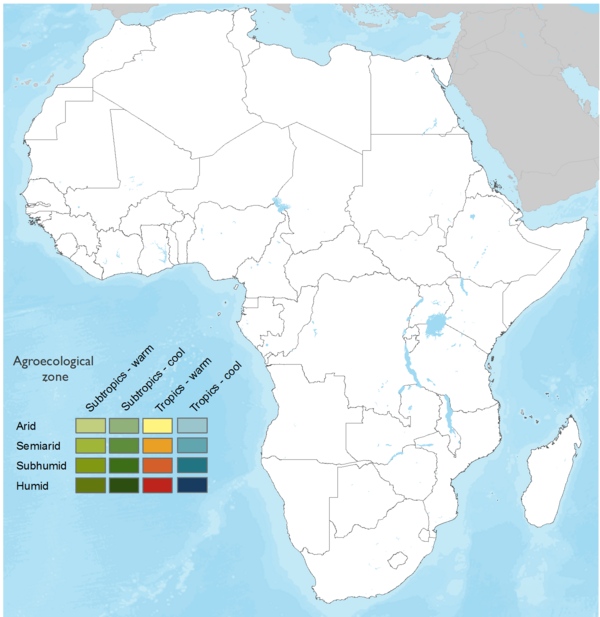
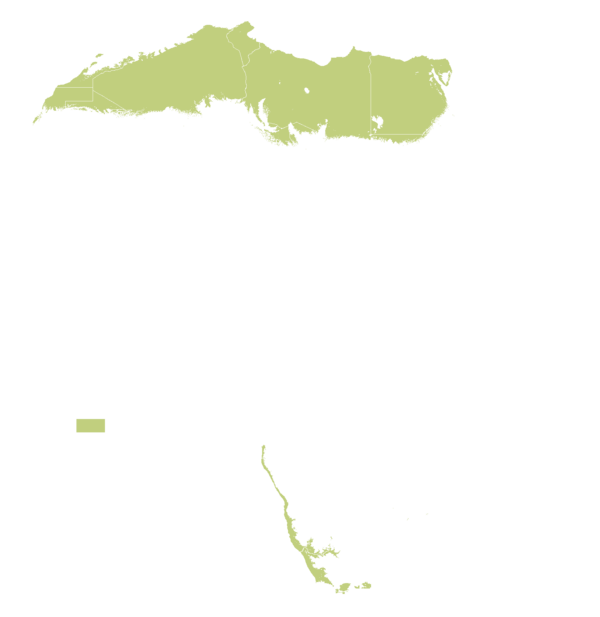







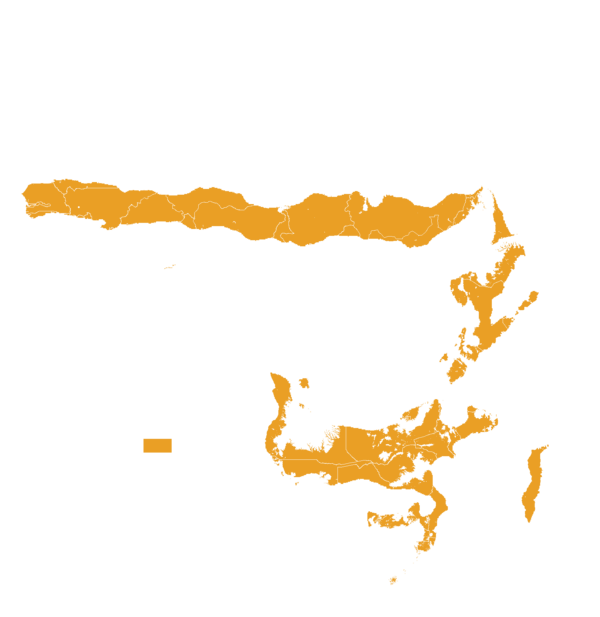
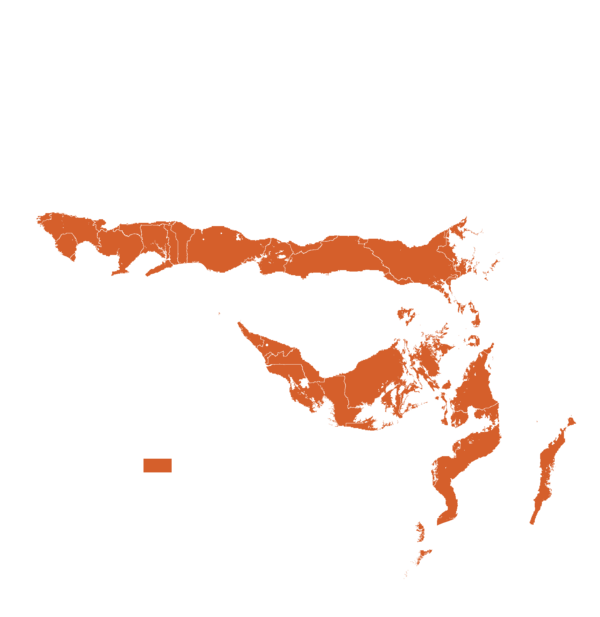

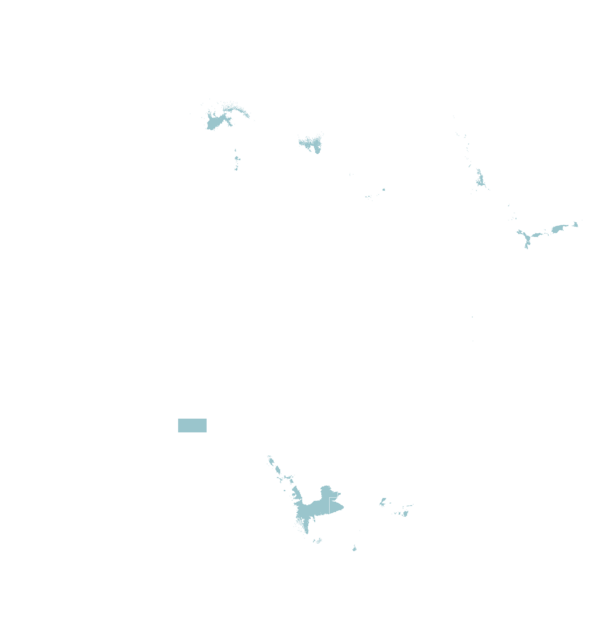

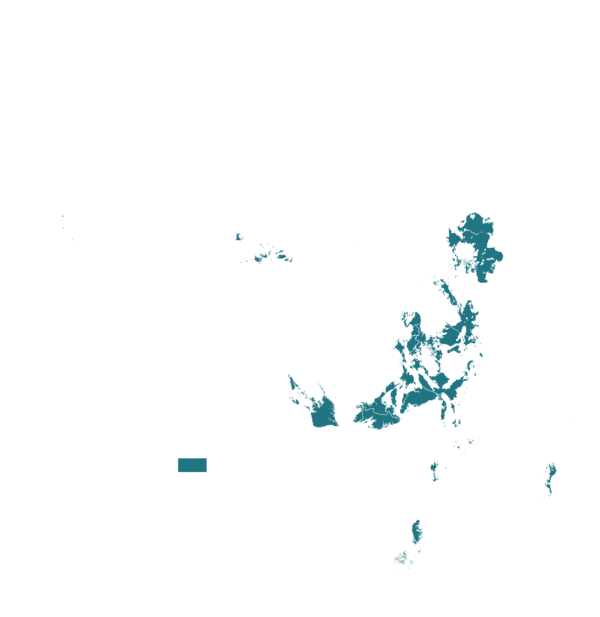

| AEZ | Subtropic - warm | Subtropic - cool | Tropic - warm | Tropic - cool |
|---|---|---|---|---|
| Arid | ||||
| Semiarid | ||||
| Subhumid | ||||
| Humid |
Source: HarvestChoice/IFPRI 2009
The United Nations Sustainable Development Goals that are applicable to this technology.
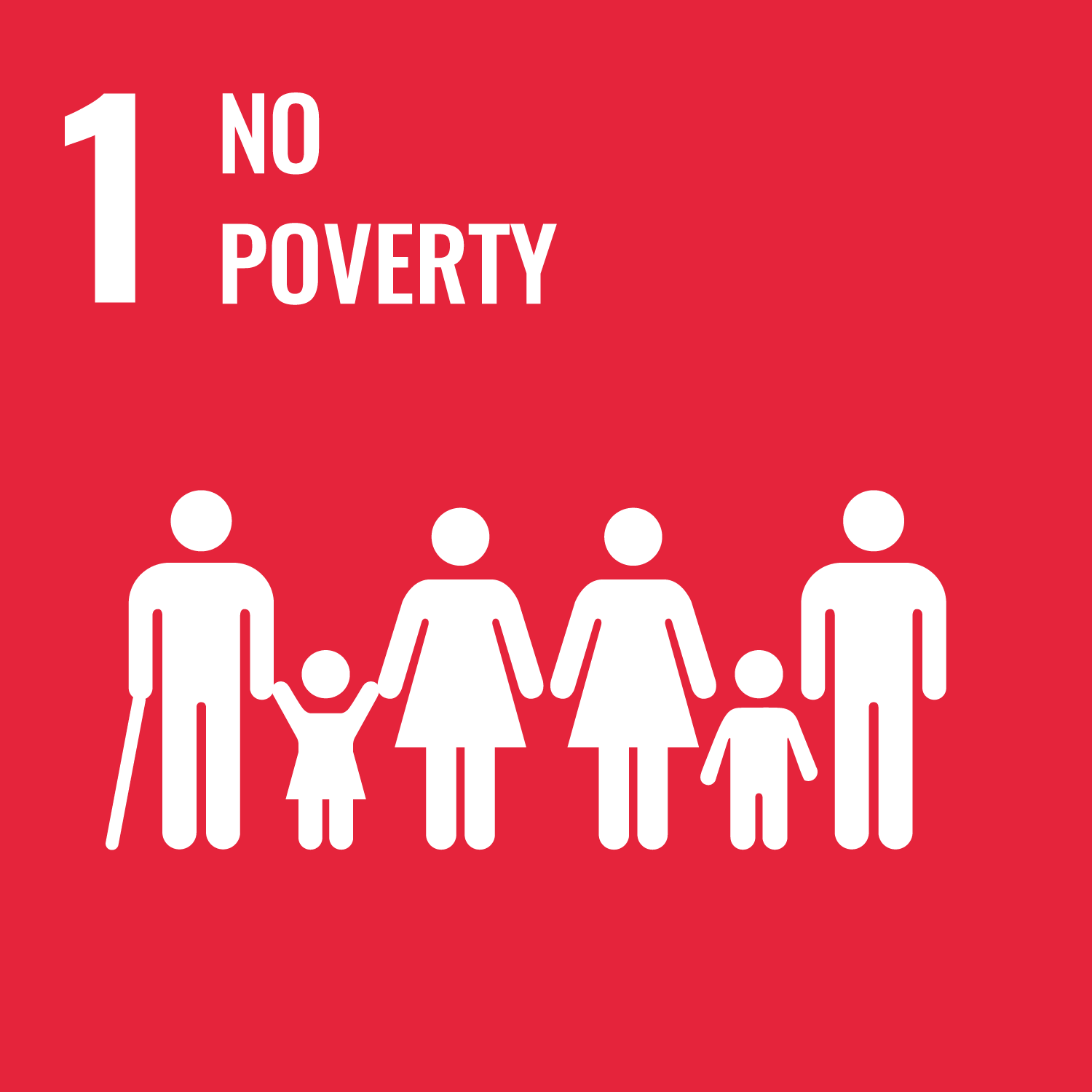
eProd connects smallholder farmers to markets and financial services, directly improving income opportunities.

Improves production efficiency and reduces losses, supporting food security.
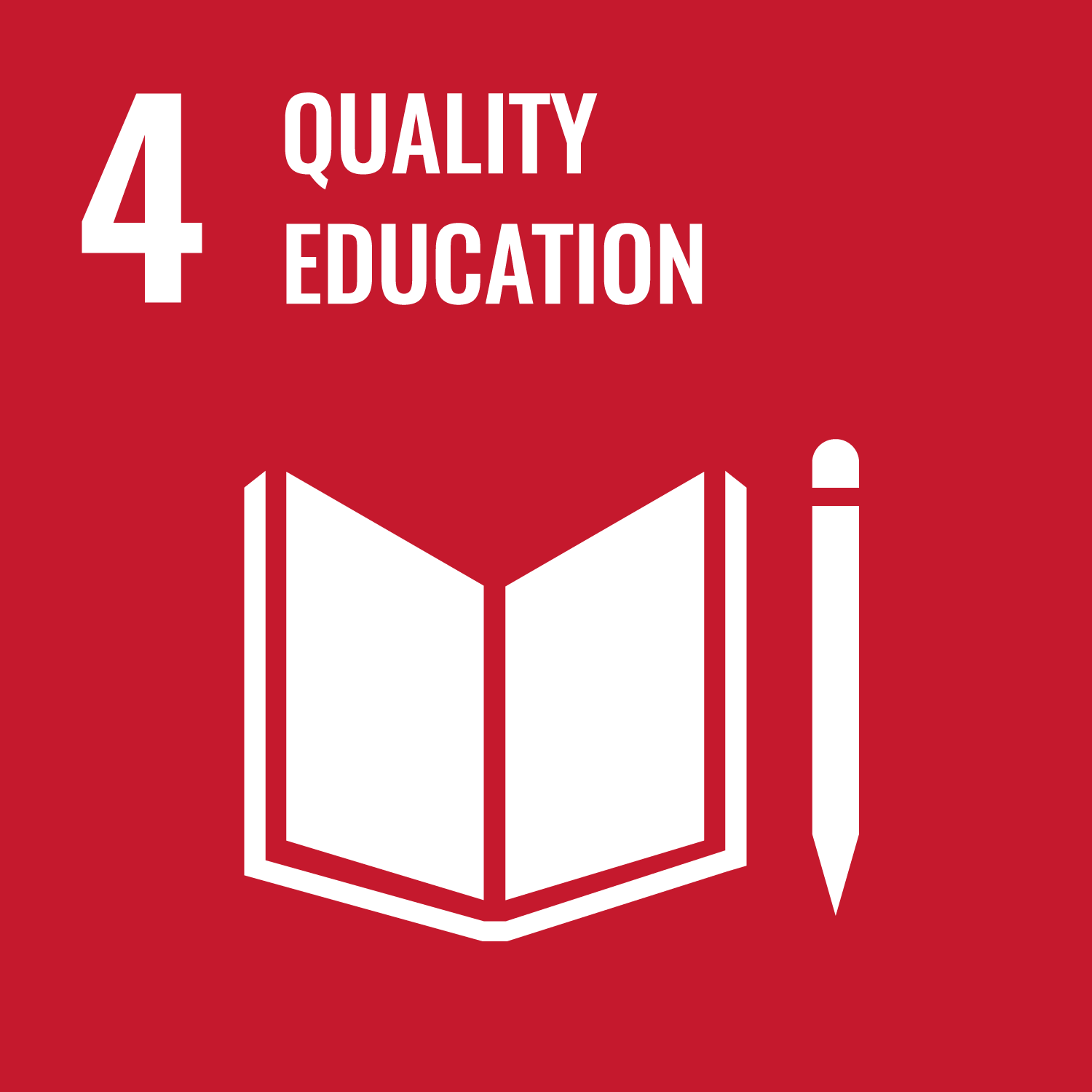
Provides targeted training programs and webinars—such as Africa Grains Online in partnership with Buhler—covering supply chain management, Good Manufacturing Practices (GMP), and compliance with international standards, to build capacity among farmers and agribusiness staff.
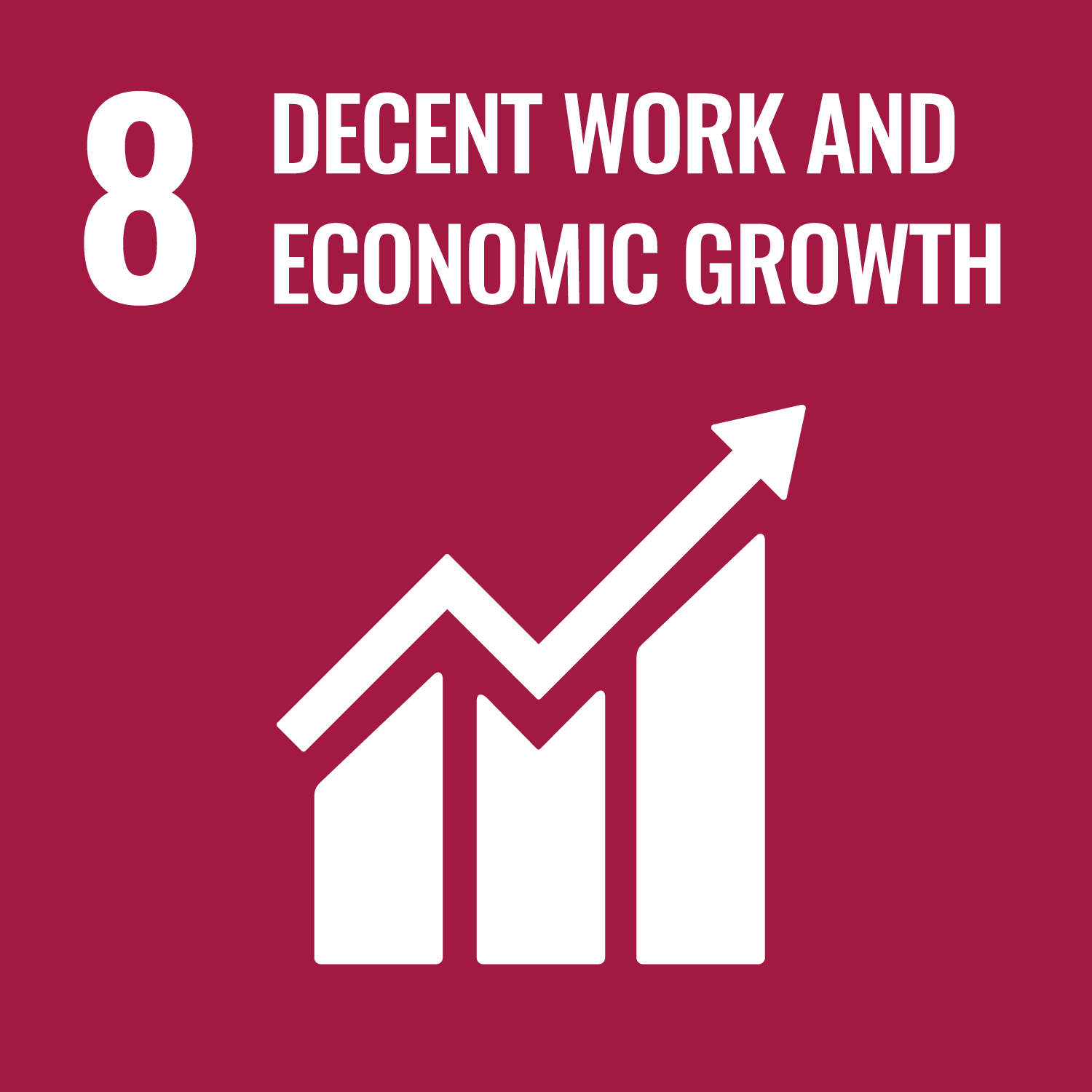
Digitalizes agricultural operations, increasing efficiency and supporting job creation.
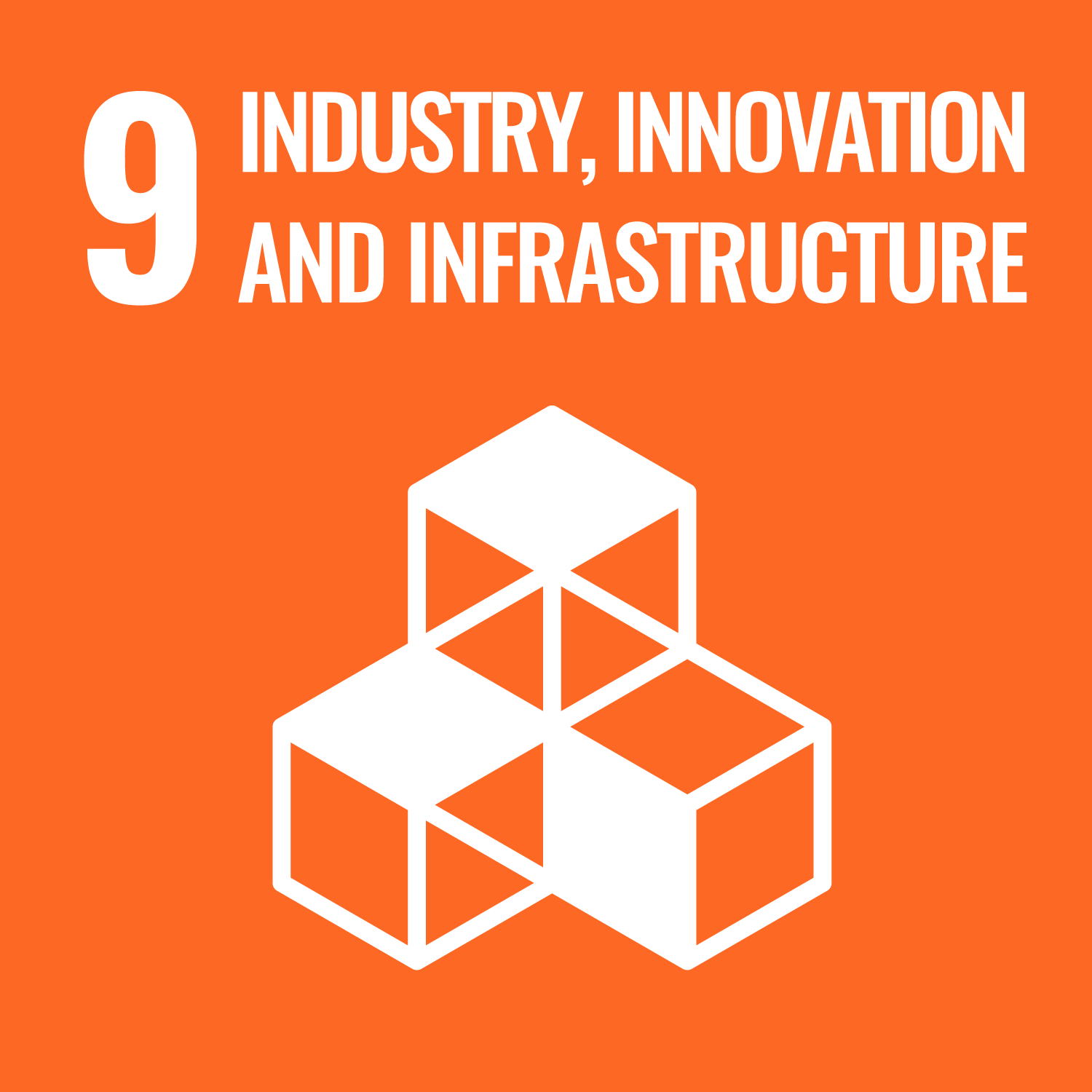
Provides digital infrastructure for agriculture and drives innovation through partnerships, integration with AI and IoT, and continuous collaboration with sector organizations.
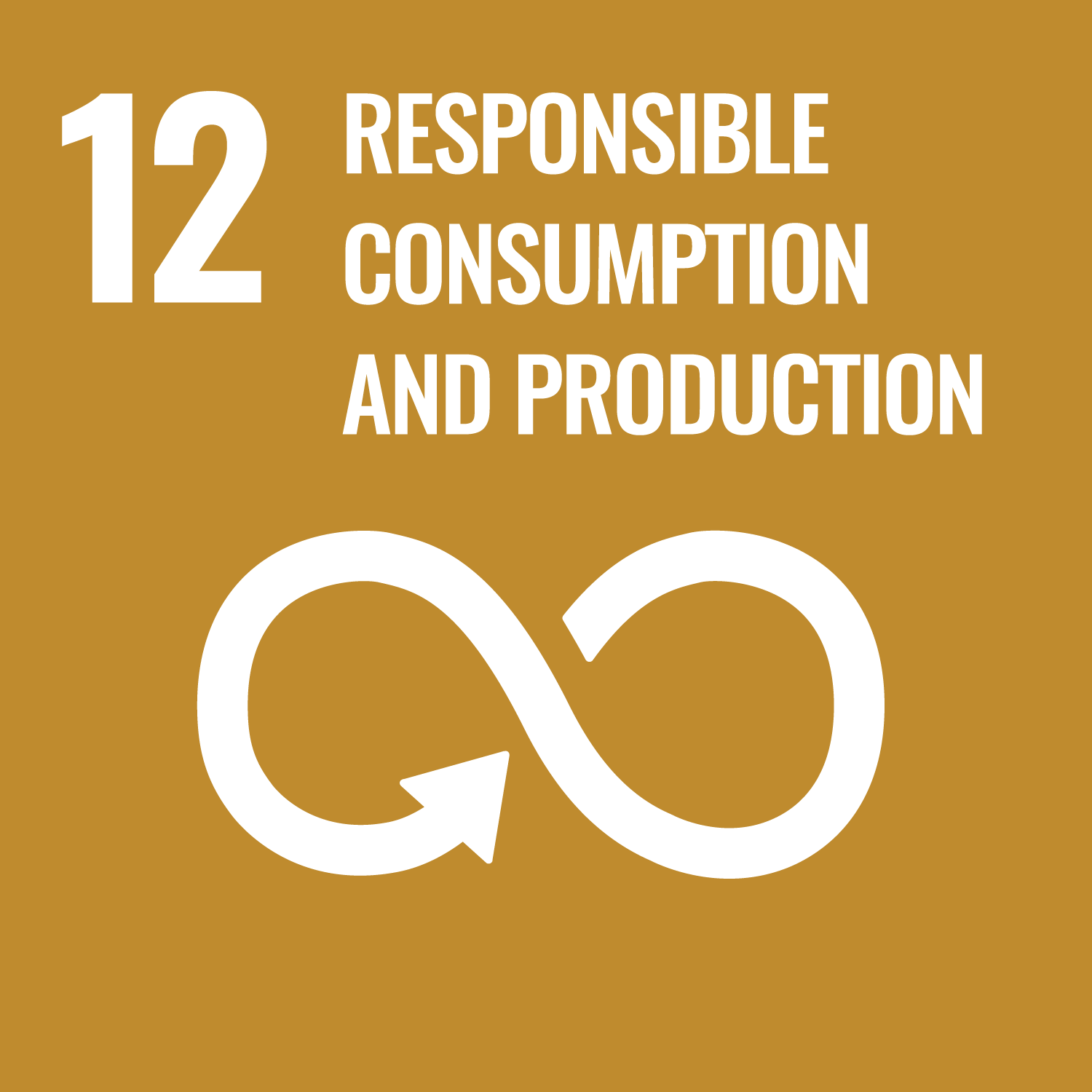
Enables traceability and transparency for safer, higher-quality agricultural products.
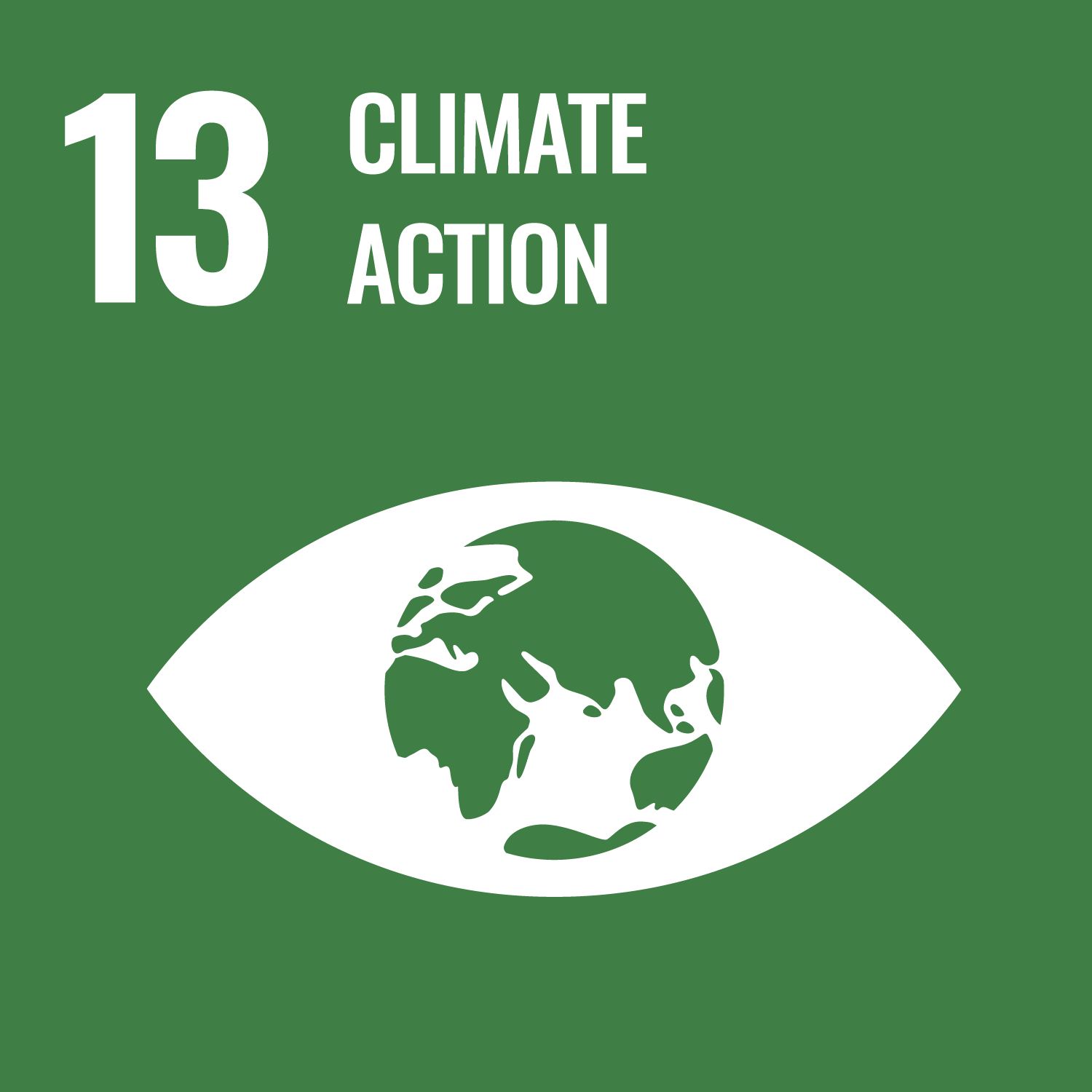
Supports climate-smart agriculture by providing and linking datasets for yield forecasting, risk monitoring, and compliance with standards like EU Deforestation-Free data collection.
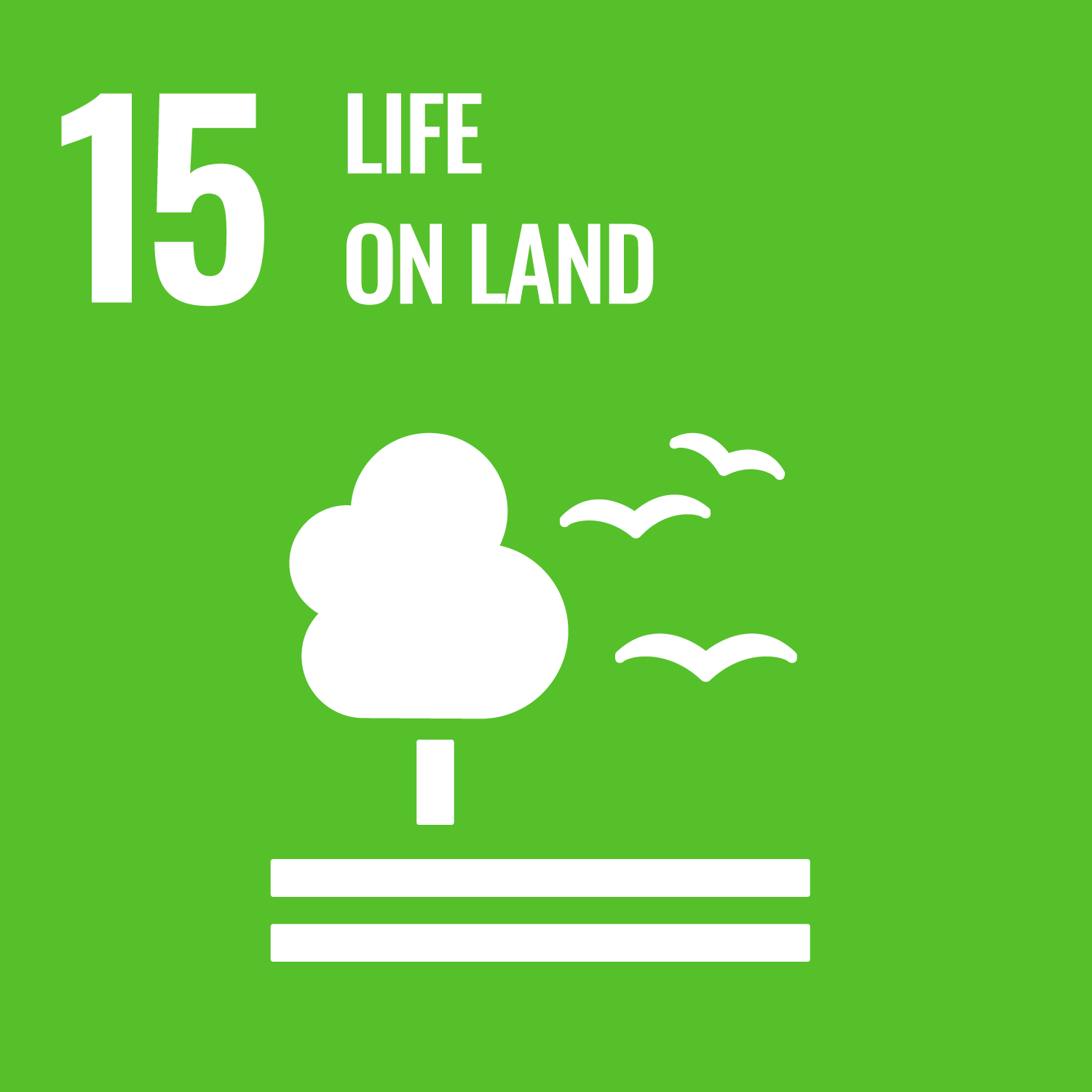
Promotes sustainable land and input management by integrating soil testing results and providing nutrient advice, helping to prevent overuse of fertilizers.

Facilitates collaboration and knowledge sharing by partnering with organizations such as UNEP, WFP, ITC, FAO, DIASCA, and CGIAR.
The steps to use the eProd system vary depending on the user's role—such as government officials, extension officers, agribusiness managers, or development partners. Each user type has specific responsibilities and needs, which eProd addresses through tailored functionalities. To ensure effective utilization, eProd Solutions offers customized training sessions that align with the unique workflows and objectives of each user group. By contacting eProd Solutions, users can receive personalized guidance and support to maximize the system's benefits for their specific context.
For a demo, please watch this video:
Last updated on 2 May 2025